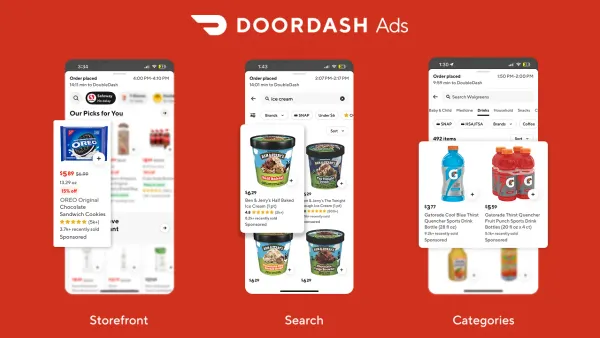Dive Brief:
- Meta Platforms grew revenue 19% year over year to $40.59 billion in Q3, according to an earnings statement. That marks a deceleration in revenue growth from the same period last year, though advertising metrics were solid.
- Ad impressions across the firm’s family of apps rose 7% YoY while the average price per ad jumped 11%, signaling healthy demand. E-commerce continued to be the most active advertiser vertical, followed by healthcare and entertainment and media.
- Looking ahead to Q4, Meta expects revenue in the range of $45 billion to $48 billion. The company is in the midst of an intense race to win with artificial intelligence (AI), a technology that executives said is improving advertising effectiveness and efficiency.
Dive Insight:
Meta’s Q3 earnings are consistent with the company’s larger narrative this year: Advertising demand remains robust, in no small part thanks to the emergence of e-commerce upstarts abroad, but costs are also high as the social media giant tries to stake its claim in the fast-rising AI landscape and pursues a long-term vision of realizing the metaverse.
Consumers and brands alike are engaging more with Meta’s AI products. Meta AI, a virtual assistant that appears natively in apps like Facebook and Instagram, is nearing 500 million monthly active users, CEO Mark Zuckerberg said when discussing the Q3 results with investors. The built-in popularity of Meta’s social media platforms, which can command hours of screentime a day, could be helping with AI adoption. Daily active users across the Meta family of apps averaged 3.29 billion in September, a 5% YoY increase. Meta is currently focused on ironing out the user experience for Meta AI, but said monetization opportunities will come down the road.
Meta’s AI bets have also pushed it into new territory that carry implications for advertisers. The Information earlier this week reported that Meta is developing an AI-powered search engine to compete with the likes of Google and Microsoft’s Bing. Google’s search engine has made the tech giant the top dog in digital advertising. Its search and other segment grew revenue 12% YoY to $49.39 billion in Q3.
In addition to influencing user-facing applications, AI has become a larger part of Meta’s advertiser toolkit. The company has prioritized building out its Advantage+ suite of ad products that rely on automation, as well as a Lattice framework for predicting and optimizing campaign performance. Meta in May debuted image and text generators that can produce reams of creative, and those offerings appear to be gaining traction. Similar technology related to AI-powered video and animation is in the testing phase now and expected to be more widely available early next year.
“More than a million advertisers used our [generative AI] tools to create more than 15 million ads in the last month, and we estimate that businesses using Image Generation are seeing a 7% increase in conversions — and there’s more upside here,” said Zuckerberg on the call with investors.
A significant portion of Meta’s advertiser base is made up of small- and mid-sized brands that might find AI valuable since it lessens the need to produce what can be costly and resource-intensive marketing assets by hand. On the flip side, a greater reliance on automation has created headaches for some Meta advertisers and amplified concerns around transparency.















